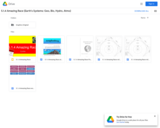
Google folder with Googles Slides and accompanying student journal files
- Subject:
- Professional Learning
- Science
- Material Type:
- Unit of Study
- Provider:
- Provo City School District
- Date Added:
- 10/14/2021

Google folder with Googles Slides and accompanying student journal files

This resource is a Science student activity that utilizes Utah's Online Library resources - specifically, Gale's Kids InfoBits and Student Resource Center - Junior - to help students learn about clouds.
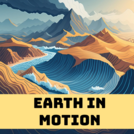
In this lesson, students will engage in a creative assessment of Earth's systems and their interactions. Through the creation of a stop motion animated story, students will demonstrate their understanding of how different Earth systems interact. Working in groups, students will select at least two Earth systems to portray in their stop motion film, using playdough. This lesson is designed to span 3 45-minute blocks, allowing time for brainstorming, planning, and presenting their animations.

This lesson plan explains earth's four spheres to students. Students will answer questions in a whole class discussion about the spheres and will show they have mastered the concept by drawing pictures and explaining how the earth's spheres can interact with each other. This would be recommended as the first lesson in teaching Interactions with Earths Systems. Credit for Photo: "Earth Day 2008" by Ashish Lohorung is licensed under CC BY-NC-SA 2.0.
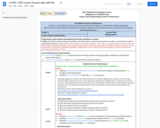
A lesson where students examine waves as they look at the interactions of Earth's systems (Going 3D with GRC)

Student facing Nearpod lessons for the SEEdStoryLines. A free K-6 science curriculum written by teachers and based on both the 5E and GRC models. It is a student-centered curriculum that uses a storyline format to promote wonder, sensemaking, and problem solving. It includes both face-to-face and remote materials. This lesson focuses on 5.1.3 but goes more in depth then needed, students should be picking just two spheres not all 4, make sure to give students extra support.

Student facing Nearpod lessons for the SEEdStoryLines. A free K-6 science curriculum written by teachers and based on both the 5E and GRC models. It is a student-centered curriculum that uses a storyline format to promote wonder, sensemaking, and problem solving. It includes both face-to-face and remote materials. Students learn about the 4 different spheres and and checks for understanding at the end of the lesson.

Student facing Nearpod lessons for the SEEdStoryLines. A free K-6 science curriculum written by teachers and based on both the 5E and GRC models. It is a student-centered curriculum that uses a storyline format to promote wonder, sensemaking, and problem solving. It includes both face-to-face and remote materials. Students use previous episodes information to show there understanding of the different spheres on earth. Then they start to connect how 2 spheres are interacting with a photo.

Student facing Nearpod lessons for the SEEdStoryLines. A free K-6 science curriculum written by teachers and based on both the 5E and GRC models. It is a student-centered curriculum that uses a storyline format to promote wonder, sensemaking, and problem solving. It includes both face-to-face and remote materials. This is an assessment that should be used for an extenstion acitivty because it invovles the students picking 1 sphere and talking how it would effect the whole earth if it was gonEpisode
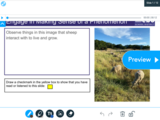
This is an interactive, fifth-grade Nearpod lesson tied to SEEd standard 5.1.4. It guides students through information and activities about interactions between Earth's systems.
This resource is a student-ready, three-dimensional SEEd science lesson you can add to your Nearpod library. Many of the phenomena, text, and images come from UEN OER textbooks, Seedstorylines.org, ck12.org, and pixabay.com. Most videos are from youtube.com or pbslearningmedia.org. Many of the simulations were found at phet.colorado.edu, ck12.org, and pbslearningmedia.org. This lesson is unique to Nebo School District but was built with the help of many amazing ideas from teachers throughout Utah.
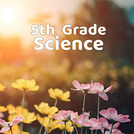
5th Grade SEEd textbook for the 2022-2023 school year. This textbook was developed to align to the Utah Science with Engineering Education (SEEd) Standards. (Added: June 8, 2022)